VMT‘s blogs aim to share our practical experience and knowledge accumulated during the manufacturing and product development process. Our goal is to use these articles to help you improve product design and increase your understanding of CNC machining, 3D printing, rapid prototyping, low-volume manufacturing, and surface treatment technologies. The information we provide is designed to provide actionable guidance and insights for your CNC machining projects.
CNC Milling Guide: Definition, Working Principle, Applications
CNC machining manufacturers often use CNC machine tools, especially CNC milling technology, to produce complex and stable quality parts. CNC milling uses computers to precisely control cutting tools. It is known for its high accuracy and precision and is an important processing method in industries such as automobiles and aviation. This technology is widely used in parts manufacturing and surface finishing, ensuring high efficiency and high-quality production.
This article aims to provide beginners and CNC machining enthusiasts with a comprehensive guide to CNC milling, with an in-depth analysis of its definition, working principle and wide range of applications.
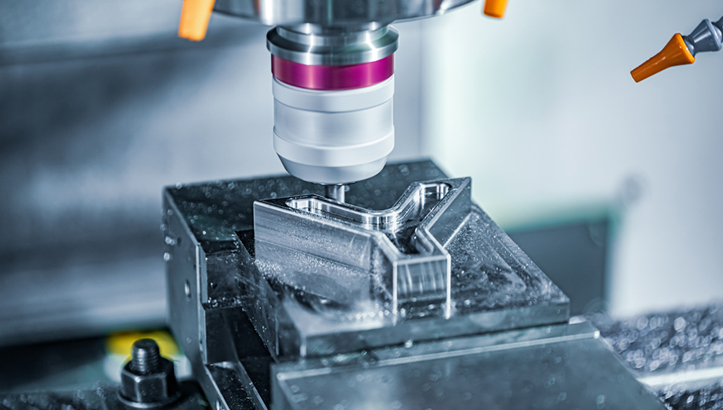
What is CNC Milling?
CNC milling is the use of pre-programmed software to control the milling machine to automatically process metals, plastics and other materials. The CNC system receives instructions generated by the CAM software and drives the various components of the milling machine to work and achieve precise milling. Compared with traditional methods, CNC milling improves accuracy and efficiency and reduces the operating skills required.
How CNC Milling Works?
In CNC milling, the workpiece is fixed on the workbench, the cutting tool is installed on the spindle, and the CNC system accurately controls the tool rotation, feed speed and multi-dimensional movement trajectory (X, Y, Z axis, and even A, B axis five-axis linkage) to achieve high-precision processing of complex shapes. During the cutting process, the sharp edge of the tool contacts the workpiece, gradually removing the material to form a predetermined shape and size. At the same time, the coolant is sprayed in time to reduce the cutting temperature, reduce tool wear, and ensure processing stability and workpiece surface quality.
CNC Milling Workflow
The working process of CNC milling can be summarized into three main steps:
Preparation stage: including programming and program input. The geometric shapes and processing requirements in the design drawings are converted into processing instructions (G/M codes) through CAM software and input into the CNC system. At the same time, the workpiece to be processed must be firmly fixed on the milling machine table to prevent it from moving or vibrating. According to the specific requirements of the processing material, the appropriate tool type and specifications must be carefully selected and accurately installed on the spindle to ensure the stability and efficiency of the processing.
Automatic processing: The CNC system accurately controls the rotation of the milling machine spindle and the movement of the feed system according to the input instructions, and starts auxiliary functions such as coolant at the right time to achieve accurate automatic processing of the workpiece. This process is efficient and accurate, significantly improving processing efficiency and workpiece quality.
Monitoring and adjustment: During the machining process, the operator monitors the machining status and makes necessary adjustments based on the actual situation to ensure machining accuracy and efficiency.

Types of CNC Milling Machines
CNC milling machines can be divided into many types according to their functions and structures:
Vertical CNC Milling Machine
The vertical structure makes the spindle perpendicular to the workbench, which is convenient for processing parts with complex shapes. At the same time, the quick tool change and automatic tool setting functions further shorten the processing cycle and improve production efficiency. Due to its high precision and high efficiency, it is widely used in aviation, automobile, mold and other fields.
Horizontal CNC Milling Machine
The horizontal structure of the spindle is parallel to the worktable, which supports powerful cutting with large cutting volume and a wide processing range, and can flexibly cope with parts of various shapes and sizes. It is particularly good at processing large and heavy parts. The high degree of automation, programming and control of the machine tool’s motion trajectory and processing parameters, realizes efficient and automated processing.
Gantry CNC Milling Machine
It is specially designed for large, heavy and complex parts, such as large equipment parts such as ships and locomotives. Its high rigidity structure can withstand large cutting forces and ensure processing accuracy; it can achieve high-precision processing through advanced CNC technology to meet the needs of high-precision parts; it has a wide processing range and can complete precision and complex parts that are difficult or impossible to process with ordinary machine tools.
Five-axis CNC Milling Machine
The five-axis linkage technology realizes one-time processing and molding, reduces the number of clamping times, and improves processing accuracy; at the same time, the cutting tool remains close to the cutting surface, shortens the cycle time, and improves processing efficiency; due to the small cutting force and small contact area, better surface finish can be obtained. It is suitable for processing complex curved surfaces, special-shaped parts and other high-end fields, such as aerospace engine blades, complex molds in the mold industry, etc.
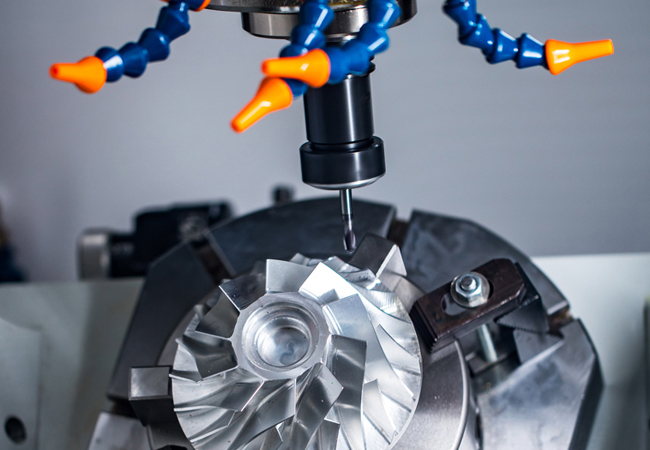
Types of CNC Milling Machining
CNC milling technology is broad and diverse, covering a variety of processing types, including but not limited to:
Plane Milling:
Plane milling is one of the most basic and common processing methods in CNC milling. It is mainly used to planarize the surface of the workpiece to ensure the geometric accuracy requirements such as flatness, parallelism and verticality of the workpiece surface. By precisely controlling the feed and rotation of the tool, plane milling can efficiently remove excess material on the workpiece surface and provide an ideal reference surface for subsequent processing.
Contour Milling:
Contour milling is an important technology used in CNC milling to process complex contours. It accurately processes the required shape and size by controlling the movement trajectory of the tool on the workpiece surface according to the preset contour line. Contour milling is widely used in mold manufacturing, aerospace, automobile manufacturing and other fields, and can process various complex and precise part shapes.
Drilling, Reaming, and Boring:
These three processing methods are mainly used to process hole features on workpieces. Drilling is the process of initially forming a hole, while reaming is the finishing process of the hole after drilling to improve the accuracy and surface quality of the hole. Boring goes a step further and can process holes with larger diameters and depths, and can process various shapes of internal surfaces in the hole, such as tapered holes, stepped holes, etc. These processing methods play a vital role in mechanical manufacturing.
Tapping:
Tapping is a processing method for producing threads in a hole. In CNC milling, tapping is usually combined with drilling or reaming to form a complete hole processing process. By selecting the right tap and setting reasonable processing parameters, tapping can efficiently and accurately produce threaded holes that meet the requirements. This processing method is particularly important in the production of connectors, fasteners and other parts.
Materials for CNC milling
Metal Machining:
CNC milling can accurately process hard materials such as iron, aluminum, copper and stainless steel. According to the different physical and chemical properties of each metal, such as hardness, toughness and corrosion resistance, it is necessary to select a specific type of tool and set appropriate processing parameters to ensure processing efficiency and finished product quality. For example, for high-hardness stainless steel, it may be necessary to use carbide tools and adjust lower cutting speeds and higher feed rates to avoid excessive wear of the tool.
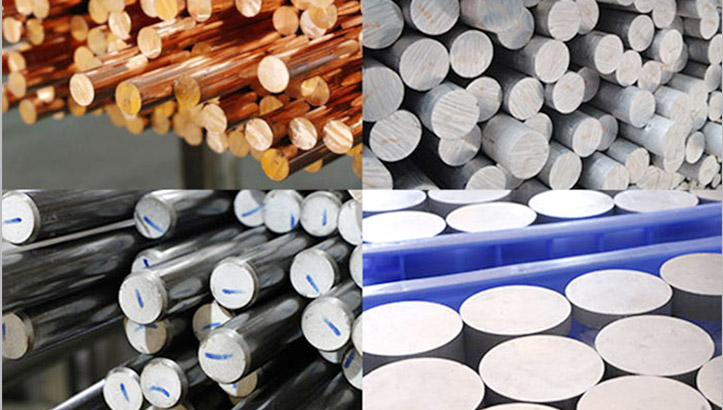
Plastics Machining:
When processing plastics, choosing the right tool material and geometry, as well as adjusting parameters such as cutting speed, feed rate and cutting depth, are the key to ensuring the smoothness and accuracy of the processed surface. Plastic materials are widely used in many industries due to their light weight, corrosion resistance and easy processing and molding.
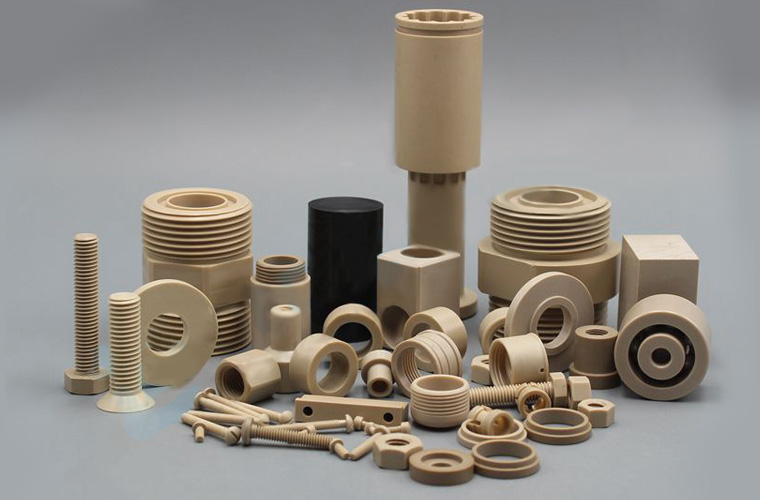
Composite Material Machining:
fiber, glass fiber reinforced plastics, etc. have gradually become important processing objects for CNC milling. These materials, with their high strength, low density and excellent fatigue resistance, occupy an important position in the fields of aerospace, automobiles and sporting goods. However, the processing difficulty of composite materials is relatively high, and special tools and process strategies are required to ensure the stability of the processing process and the quality of the finished product.
Advantages of CNC Milling
High precision: CNC milling can achieve high-precision processing and meet the processing requirements of complex parts.
High efficiency: high degree of automation, fast processing speed and high production efficiency.
Flexibility: Highly adaptable and capable of processing parts of various shapes and sizes.
Save material: Precise cutting can reduce material waste.
Save manpower: Automated processing reduces dependence on manual labor.
Application of CNC milling technology
CNC milling technology is widely used in many fields, including but not limited to:
Aerospace: Processing of complex parts such as engine blades, turbine disks, etc.
Automobile manufacturing: processing engine parts, body panels, etc.
Mould manufacturing: rapid prototyping, mould modification and replication.
Electronics and communications: processing precision connectors, radiators, housings and other parts.
Medical devices: processing high-precision surgical instruments, implants, etc.
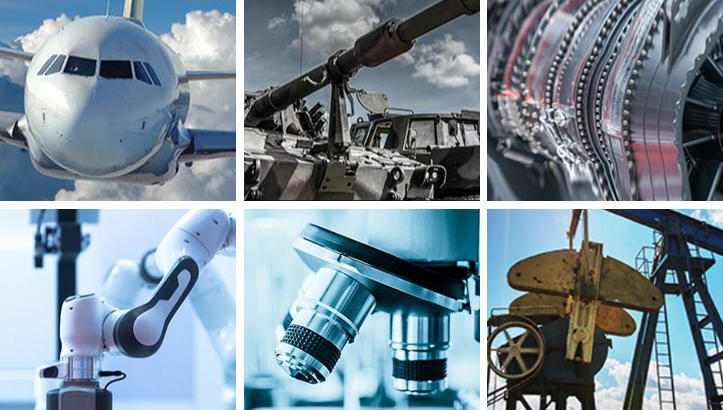
In Conclusion
As one of the core technologies of modern manufacturing, CNC milling is irreplaceable. This technology not only defines new standards for high-precision machining, but also greatly promotes the intelligentization and automation of manufacturing.
Are you looking for a CNC milling manufacturer? We at VMT are committed to providing a full range of services, covering rapid CNC prototyping, efficient mass production, and personalized custom CNC machined parts. Our team will work closely with you, starting with design consultation, assisting you in selecting the most suitable materials, developing precise CNC milling process plans, and finally delivering high-quality final products. We pay attention to every detail to ensure that the CNC milling process is accurate and error-free to meet your strict requirements for precision, efficiency and quality. By choosing VMT as your partner, you will enjoy professional, efficient and reliable CNC milling services to help you successfully complete your project.
Frequently Asked Questions About CNC Milling
How Much Does a CNC Milling Machine Cost?
The cost of CNC milling machines is a relatively complex issue because it is affected by many factors, including but not limited to the machine model, specifications, performance, brand, market supply and demand, raw material prices, labor costs, and regional differences.
What Are The Main Components of A CNC Milling Machine?
The CNC milling machine is mainly composed of components such as the bed, column, spindle box, spindle, slide, workbench, tool, guide rail, ball screw, servo system and CNC system.
What is The Difference Between Face Milling And Plane Milling?
Face milling and plane milling are similar but different in CNC machining. Face milling focuses more on finishing multiple flat bottom surfaces, can automatically prevent overcutting, and is suitable for complex cores and cavities, while plane milling mainly processes workpieces with vertical bottom surfaces or top surfaces of the side walls, and defines the cutting depth by the height difference between the boundary and the bottom surface. Face milling is more flexible in selecting blanks and inspection bodies, and can process non-vertical side walls. Both have their own advantages in machining accuracy and efficiency. When choosing, it is necessary to consider the specific machining requirements and workpiece shape.



